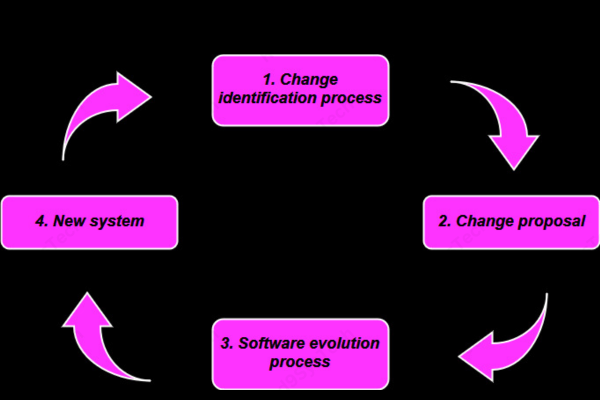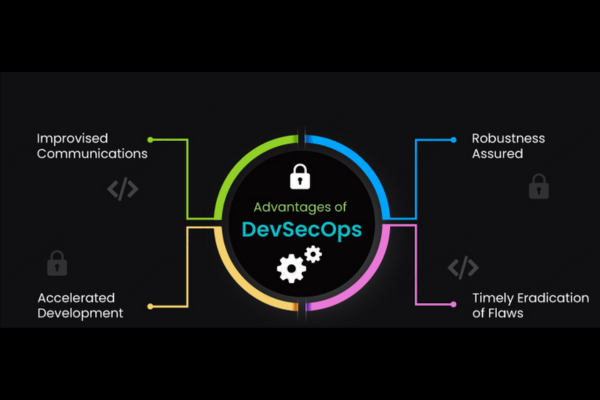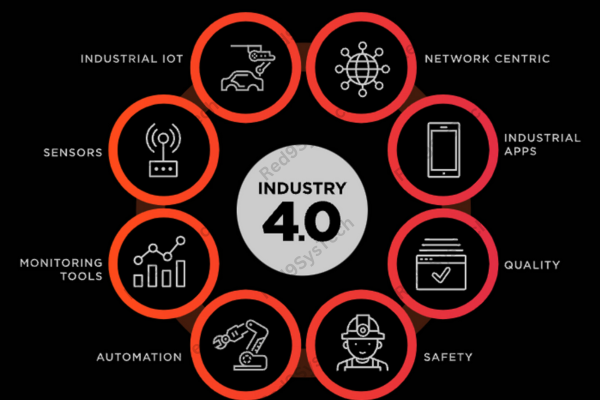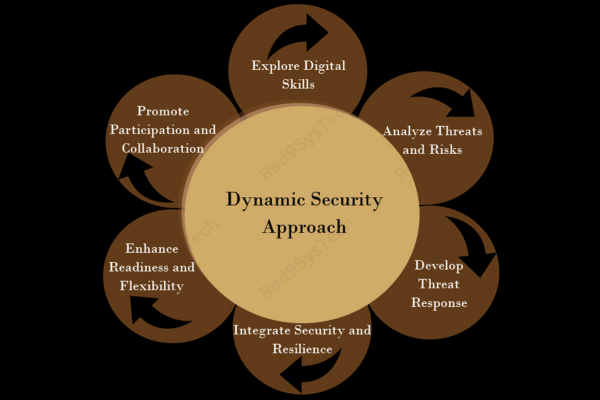Introduction: The Evolution of Software Development
Imagine you’re part of a team developing a new application. The code is written, features are tested, and everything seems ready for deployment. But just before launch, a security vulnerability is discovered. Now, you’re faced with delays, potential breaches, and a scramble to patch the issue. This scenario highlights a common challenge in traditional software development: treating security as an afterthought.
Enter DevSecOps—a transformative approach that embeds security into every phase of the development process, ensuring that applications are not only functional but also secure from the ground up.

Understanding DevSecOps
DevSecOps stands for Development, Security, and Operations. It’s a methodology that integrates security practices within the DevOps process, promoting a culture where security is a shared responsibility across all teams involved in software development.
Key Principles of DevSecOps
Security as Code: Incorporating security measures directly into the codebase and infrastructure through automated scripts and tools.
Continuous Security: Implementing ongoing security checks throughout the development lifecycle, not just at the end.
Collaboration: Encouraging open communication between development, security, and operations teams to identify and address security concerns promptly.
Automation: Utilizing automated tools for security testing, compliance checks, and vulnerability assessments to streamline processes and reduce human error.
The Importance of DevSecOps in 2025
In today’s digital landscape, the frequency and sophistication of cyber threats are escalating. Organizations are under pressure to deliver software quickly without compromising security. DevSecOps addresses this by:
Reducing Risk: Early detection and remediation of vulnerabilities minimize the potential for security breaches.
Enhancing Compliance: Continuous monitoring ensures adherence to regulatory standards and industry best practices.
Improving Efficiency: Automation and integrated workflows accelerate development cycles while maintaining security integrity.
Explore more blogs related to DevOps.

Implementing DevSecOps: A Step-by-Step Guide
Assessment and Planning:
Evaluate current development and security practices.
Identify areas where security can be integrated into existing workflows.
Tool Integration:
Incorporate security tools into the CI/CD pipeline, such as static code analysis and vulnerability scanners.
Ensure tools are compatible and can communicate effectively within the pipeline.
Team Training and Culture Shift:
Educate teams on security best practices and the importance of shared responsibility.
Foster a culture where security is prioritized and embedded in daily operations.
Continuous Monitoring and Feedback:
Implement real-time monitoring to detect and respond to threats promptly.
Use feedback loops to continuously improve security measures and processes.
Compliance and Governance:
Establish policies and procedures that align with regulatory requirements.
Regularly audit and review security practices to ensure ongoing compliance.
Real-Life Use Case: A FinTech Company's DevSecOps Journey
A leading FinTech company faced challenges with delayed product releases due to last-minute security issues. By adopting DevSecOps, they:
Integrated automated security testing into their CI/CD pipeline, reducing vulnerabilities by 70%.
Improved collaboration between development and security teams, leading to faster issue resolution.
Achieved compliance with industry regulations more efficiently, enhancing customer trust.
Explore more blogs related to DevOps.

Best Practices for DevSecOps Success
Start Small: Begin with a pilot project to demonstrate value before scaling across the organization.
Automate Wisely: Focus on automating repetitive and high-risk tasks to maximize efficiency.
Measure and Adjust: Continuously monitor performance metrics and adjust strategies accordingly.
Engage Stakeholders: Involve all relevant parties, including management, to ensure alignment and support.
Conclusion: Embracing a Secure Future
Incorporating DevSecOps into your development pipeline is no longer optional—it’s essential. By embedding security into every stage of the software lifecycle, organizations can deliver robust, compliant, and trustworthy applications.
Ready to transform your development process? Explore our DevSecOps training programs and join a community committed to building secure software solutions.
Explore more blogs related to DevOps.





